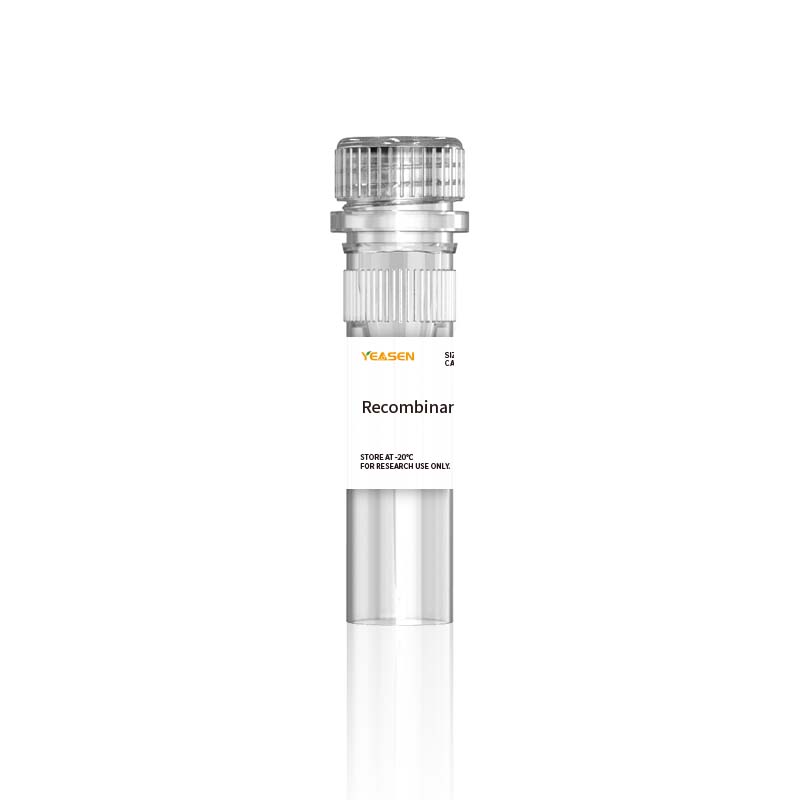Description
Receptors for the Fc region of IgG (Fc gamma R) are members of the Ig superfamily that function in the activation or inhibition of immune responses. Three classes of human Fc gamma Rs: RI (CD64), RII (CD32), and RIII (CD16). Three genes for human Fc gamma RII (A, B, and C) and one for mouse (Fc gamma RIIB), encoding type I transmembrane proteins with ITAM motifs (Fc gamma RII A and C) or ITIM motifs (Fc gamma RIIB) in their cytoplasmic domains, have been identified. The extracellular domain of human Fc gamma RIIA shares approximately 90% amino acid sequence homology with human Fc gamma RIIB and Fc gamma RIIC. Fc gamma RIIA is expressed on many immune cell types (macrophage, neutrophil, eosinophils, platelets, dendritic cells and Langerhan cells) where inhibitory ITIM-bearing receptors may also be coexpressed and co-engaged by specific ligands. Signaling through Fc gamma RIIA results in the initiation of inflammatory responses (cytolysis, phagocytosis, degranulation and cytokine production) that can be modulated by signals from the inhibitory receptors. The strength of the signal is dependent on the ratio of expression of the activating and inhibitory receptors.
Specifications
|
Synonyms |
Fc gamma RIIA; FCG2; FCGR2; FCGR2A; FCGR2A1; FcgRIIA; FCRIIA; fcRII-a; FCG2; CD32A |
|
Uniprot No. |
P12318.1 |
|
Source |
Recombinant Human Fc gamma RIIA/CD32a (R167) Protein is expressed from HEK293 Cells with His tag and Avi tag at the C-terminal. It contains Ala36-Ile218. |
|
Molecular Weight |
Approximately 23.2 kDa. Due to glycosylation, the protein migrates to 34-40 kDa based on Tris-Bis PAGE result. |
|
Purity |
> 95% as determined by SDS-PAGE and HPLC. |
|
Activity |
SPR Data:Human Fc gamma RIIA (R167) , His Tag captured on CM5 Chip via Anti-His Antibody can bind Rituximab, hFc Tag with an affinity constant of 9μM as determined in SPR assay (Biacore T200). |
|
Endotoxin |
< 1.0 EU per 1μg of the protein by the LAL method. |
|
Formulation |
Lyophilized from 0.22μm filtered solution in PBS (pH 7.4). Normally 5% trehalose is added as protectant before lyophilization. |
|
Reconstitution |
Centrifuge tubes before opening. Reconstituting to a concentration more than 100 μg/mL is recommended (usually we use 1 mg/mL solution for lyophilization). Dissolve the lyophilized protein in distilled water. |
Storage
The product should be stored at -20~-80℃ for 1 year from date of receipt.
2-7 days, 2 ~8 °C under sterile conditions after reconstitution.
3-6 months, -20~-80℃ under sterile conditions after reconstitution.
Recommend to aliquot the protein into smaller quantities when first used and avoid repeated freeze-thaw cycles.
Note
1. Avoid repeated freezing and thawing.
2. Please operate with lab coats and disposable gloves, for your safety.
3. This product is for research use only.
Product Data

 HB220810
HB220810
Payment & Security
Your payment information is processed securely. We do not store credit card details nor have access to your credit card information.
Inquiry
You may also like
FAQ
The product is for research purposes only and is not intended for therapeutic or diagnostic use in humans or animals. Products and content are protected by patents, trademarks, and copyrights owned by Yeasen Biotechnology. Trademark symbols indicate the country of origin, not necessarily registration in all regions.
Certain applications may require additional third-party intellectual property rights.
Yeasen is dedicated to ethical science, believing our research should address critical questions while ensuring safety and ethical standards.

